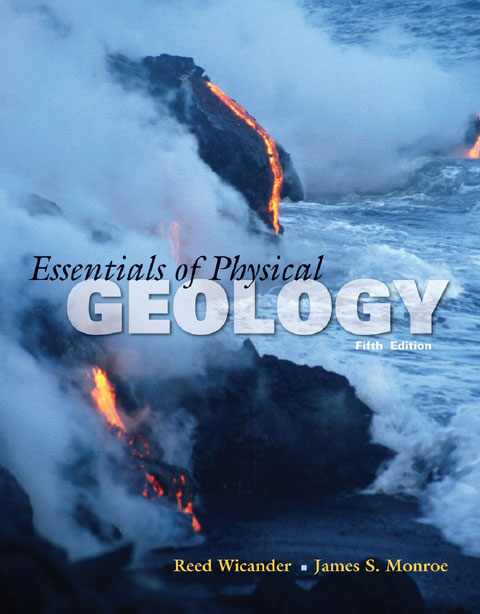
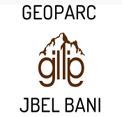
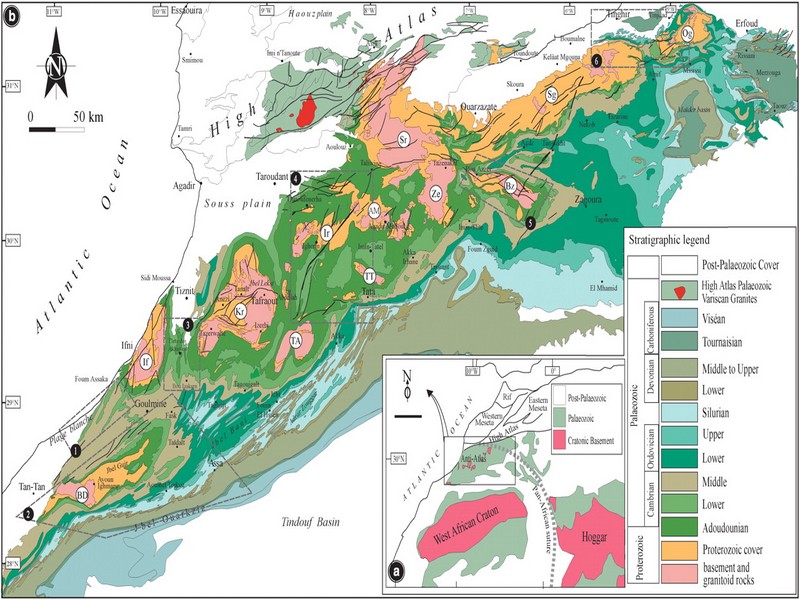
A short overview of the Anti-Atlas, Morocco
DR.Hervé Rezeau, DR.Cyril Chelle-Michou & DR.Michael Calder
SEG Student Chapter of Geneva (Switzerland)
SEG Student Chapter of Montpellier (France)
INTRODUCTION
Geology of Morocco has been subdivided into four structural domains, from north to south they are the following: the Rif domain, the Meseta domain, the High Atlas, and the Anti-Atlas, as they are shown in (Figure 1).
The Rif Range extends along the Mediterranean coast from the Kabylian-Tellian belts up to the Strait of Gibraltar. South of it, the Meseta domain is located, where elevated plateaus and intramontane basins occur. Further south the High Atlas system is found, which displays several massifs close to 4000 m, including the highest peak of northern Africa (Jebel Toubkal). The Middle Atlas represents a branch of the Atlas system that extends obliquely across the Meseta domain, and exceeds 3000 m in elevation. Finally, the Anti-Atlas domain is found, which rises forming a massive mountain that achieves up to 2700 m. Further south the elevation decreases both southward and westward from ca. 1000 m to less than 200 m close to the Atlantic.
Figure 1: Elevation map of Morocco and neighbouring countries from GTOPO30 database (A. Michard et al. 2008)
GEOLOGICAL SETTING OF THE ANTI-ATLAS
The Anti-Atlas mountain belt is located in the northern part of the West African Craton (WAC). It is stretching NE-SW and is characterized by Precambrian to late Proterozoic rocks covered by younger sediments of Edicaran to Cambrian in age. The geological boundary between the Anti-Atlas and High Atlas is structurally marked by the South Atlas fault (SAF) (Fig.2). The Anti-Atlas massif is a zone of wide domal uplift with much weaker Alpine age deformation. The volcanics and conglomerates rocks from the Ouarzazate & Bou Salda group in the North-East are surrounding the older volcanics rocks
The Anti-Atlas mountain belt is located in the northern part of the West African Craton (WAC). It is stretching NE-SW and is characterized by Precambrian to late Proterozoic rocks covered by younger sediments of Edicaran to Cambrian in age. The geological boundary between the Anti-Atlas and High Atlas is structurally marked by the South Atlas fault (SAF) (Fig.2). The Anti-Atlas massif is a zone of wide domal uplift with much weaker Alpine age deformation. The volcanics and conglomerates rocks from the Ouarzazate & Bou Salda group in the North-East are surrounding the older volcanics rocks and turbidite sequences from the Sahgro Group and the Pan-African granite intrusions. This geomorphological feature is commonly called inliers (“boutonnière” in French) and is the result of an exposed older rock formation surrounded by younger rock, and is due to a high erosion rate of rocks with different hardness but also encouraged by deformation such as folding and faulting (Gasquet et al. 2005). Several slivers of ophiolites are present in the Anti-Atlas belt, the best preserved are situated in the Bou Azzer, Siroua and Iriri region, which represent remnant of an ocean closure. The basement is composed of schists, granites and mylonites of Paleoproterozoic age. The latest Variscan and Alpine orogenic events overprint most of the Anti-Atlas geological province and thus complicate the Pre- Cambrian geodynamic interpretation. However, two main periods of tectono-thermal magmatic activity (Gasquet et al. 2005) are now recognised :
(i)A Palaeoproterozoic period, corresponding to the Eburnean (Birimian) orogeny,
(ii)A Neoproterozoic period, corresponding to the Pan-African orogeny.
Figure 2: Schematic map of the Anti-Atlas Precambrian inliers (Boutonnière), and location of the maps, satellite views and lithospheric profile presented hereafter (Gasquet et al. 2008)
Source web : DR.Hervé Rezeau, DR.Cyril Chelle-Michou & DR.Michael Calder unige.ch
Les articles en relation
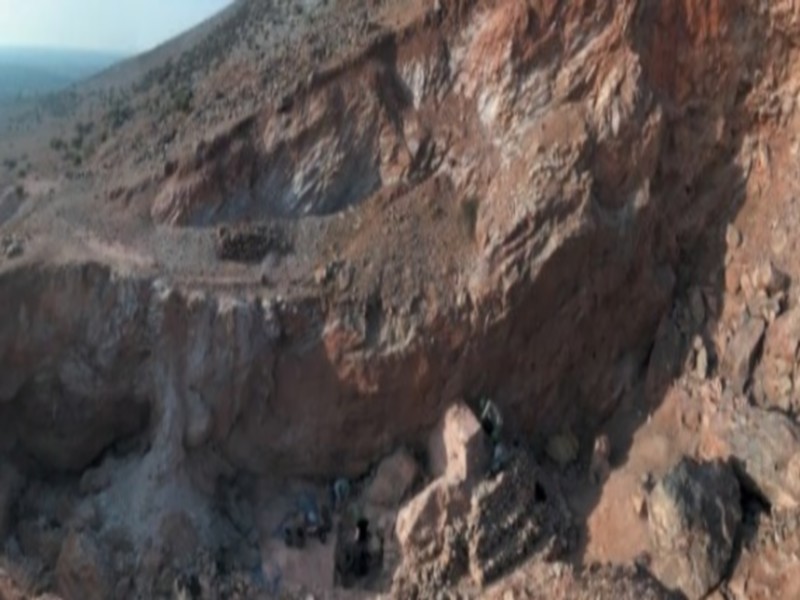
Le Maroc veut classer Jebel Irhoud parmi les sites archéologiques et historiques mondiaux
Le Maroc veut classer Jebel Irhoud parmi les sites archéologiques et historiques mondiaux Le Maroc travaille actuellement pour classer Jebel Irhoud (centre du Maroc), endroit où ont été découverts d
Savoir plus...
Vague
Vague Du point de vue du physicien, une vague correspond à une onde mécanique qui se propage à l'interface entre la surface de l'eau et l'air. Celle-ci se caractérise par sa longueur d'onde
Savoir plus...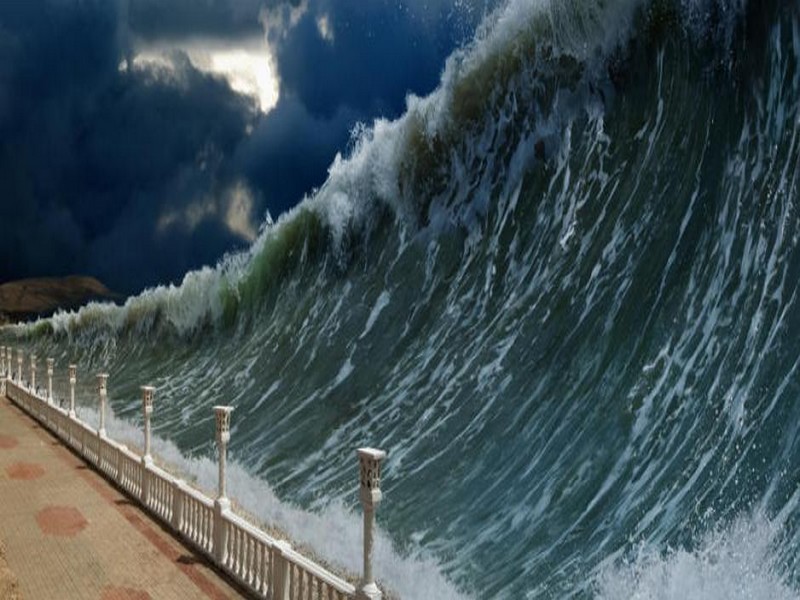
Ce risque de tsunami dévastateur en Méditerranée
Ce risque de tsunami dévastateur en Méditerranée Les côtes méditerranéennes pourraient-elle être balayées par un tsunami ? D'après certains chercheurs, le danger est bi
Savoir plus...
De la patrimonialisation : son étendue et ses acteurs pour Professeur Ahmed SKOUnTI
De la patrimonialisation : son étendue et ses acteurs pour Professeur Ahmed SKOUnTI Professeur Ahmed SKOUnTI, Anthropologue, Institut national des Sciences de l’Archéologie et du Patrimoine ,Rabat-Marrakech De
Savoir plus...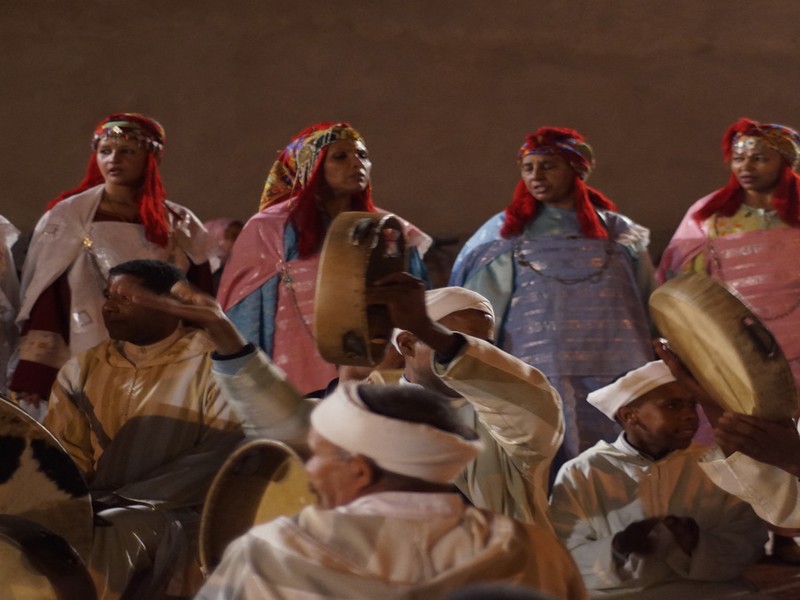
La danse Ahwach (Géoparc Jbel Bani)
La danse Ahwach (Géoparc Jbel Bani) Le Maroc compte plus de 12 millions de Berbères. La culture berbère est donc fortement ancrée dans la culture et le patrimoine marocain. Découvrez par exemple l&r
Savoir plus...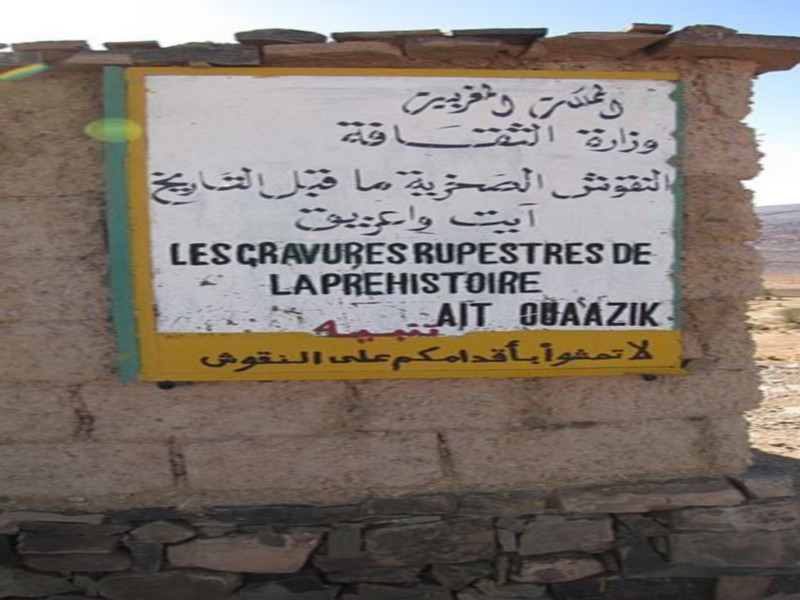
Gravures rupestres de la préhistoire d'Aït Ouaazik au Maroc
Gravures rupestres de la préhistoire d'Aït Ouaazik au Maroc Les Gravures rupestres de la préhistoire d'Aït Ouaazik au Maroc sont des gravures préhistoriques d'âge néolithique ap
Savoir plus...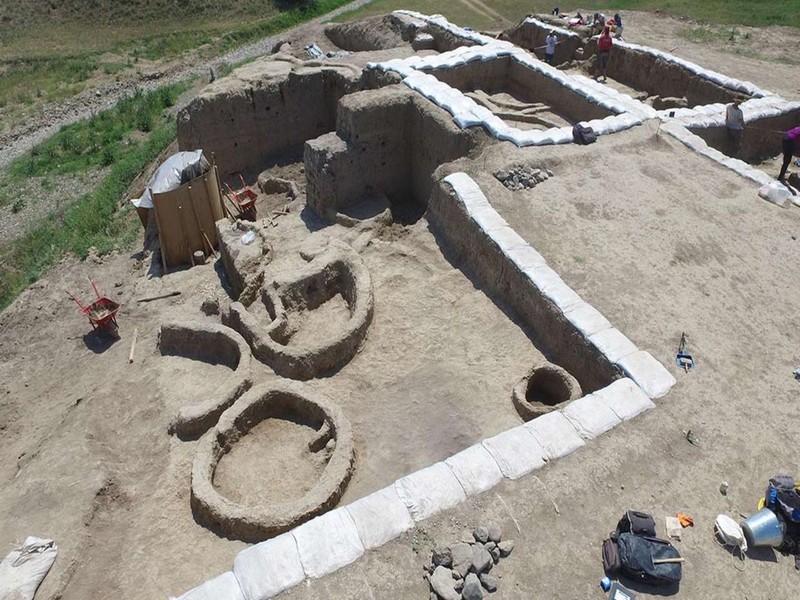
L'Homme ferait du vin depuis au moins 8.000 ans
L'Homme ferait du vin depuis au moins 8.000 ans Lors de fouilles effectuées en Géorgie, des poteries âgées d'environ 8.000 ans ont été retrouvées. Des traces chimiques montrent
Savoir plus...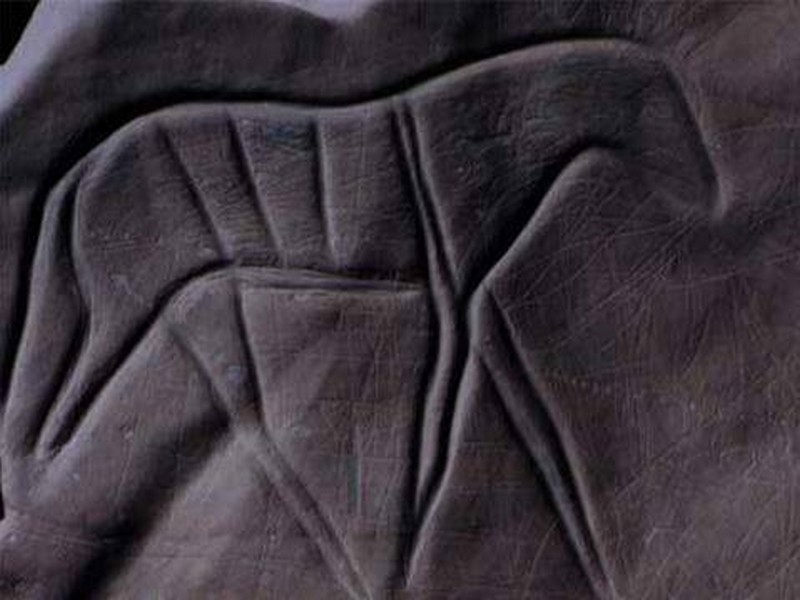
Gravures rupestres dans la région de Zagora
Gravures rupestres dans la région de Zagora Les gravures rupestres sont une matière première très riche qui permettent d'écrire l'histoire. Ces documents rupestres qui remontent à des
Savoir plus...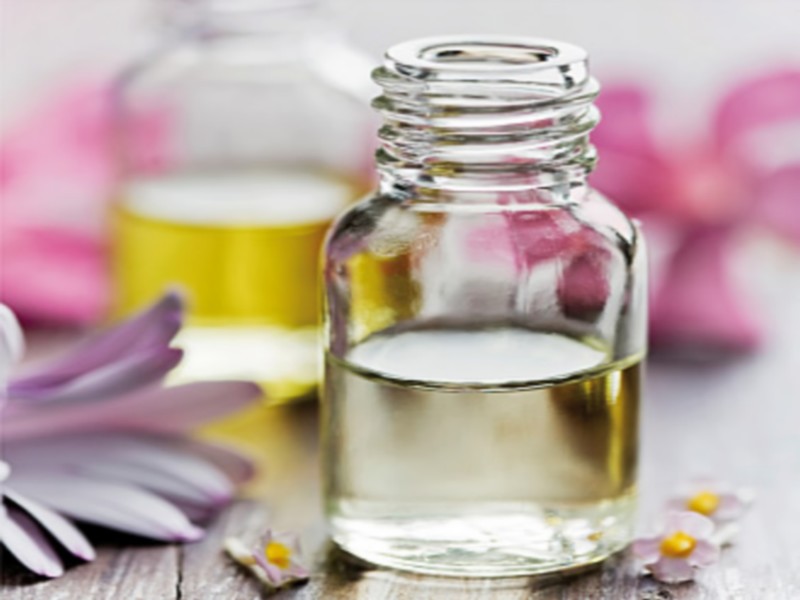
Définition d’une huile essentielle
Histoire et origine des huiles essentielles : Reconnues pour leurs propriétés thérapeutiques et utilisées depuis des millénaires en Chine (cannelle, anis, gingembre), en Inde, au Moyen Orient (origa
Savoir plus...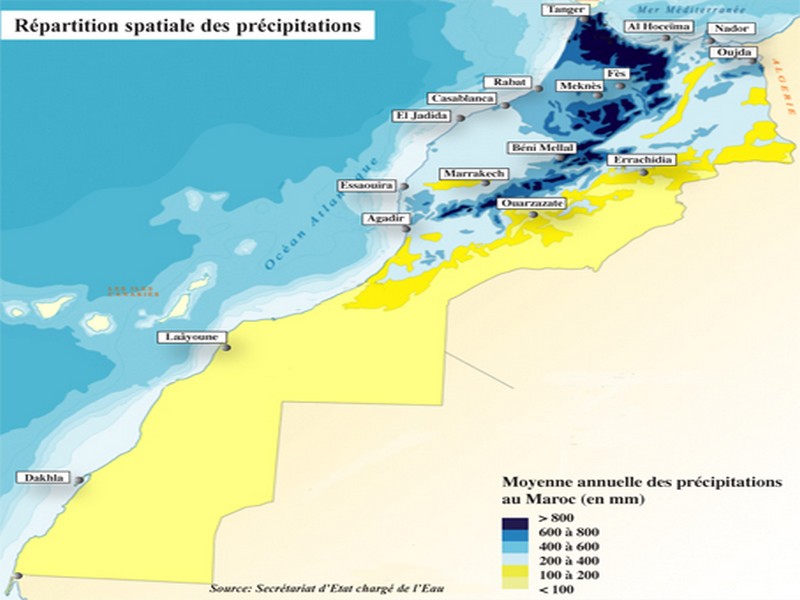
Retard des pluies: Faut-il craindre le pire?
Retard des pluies: Faut-il craindre le pire? Il est encore tôt pour prédire une année sèche Les mois de décembre et janvier seront de vrais baromètres Le régim
Savoir plus...Les tags en relation
En savoir plus sur " Géologie et TSGJB - AMDGJB "
Consulter les vidéos de " Géologie et TSGJB - AMDGJB " Consulter les photos de " Géologie et TSGJB - AMDGJB " Consulter les publications de " Géologie et TSGJB - AMDGJB " Consulter les éditions de " Géologie et TSGJB - AMDGJB " Consulter les communications de " Géologie et TSGJB - AMDGJB "Recherche du site
Recherche avancée / Spécifique
Géoparc et Recherche Scientifique
Le coins de l’étudiant
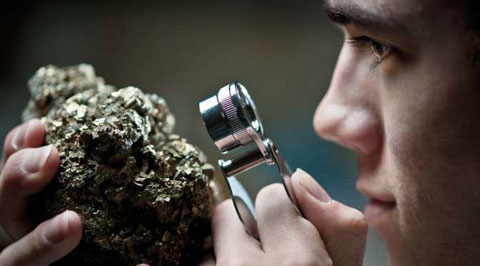

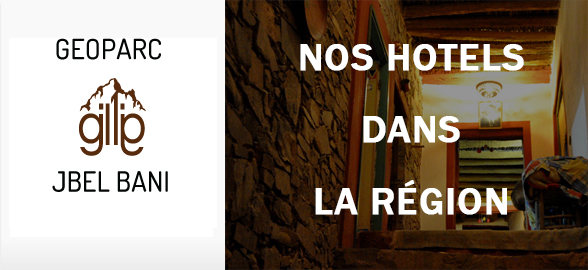
Blog Géoparc Jbel Bani
Dictionnaire scientifique
Plus de 123.000 mots scientifiques
Les publications
Géo parc Jbel Bani
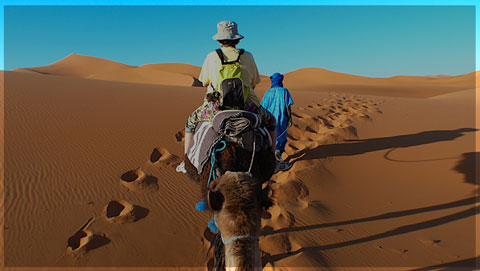
Circuits & excursions touristiques
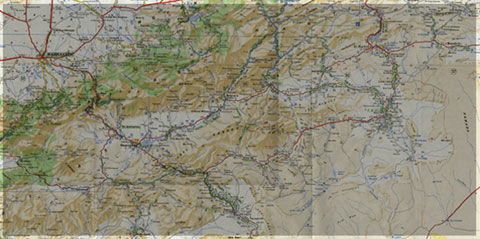
cartothéques
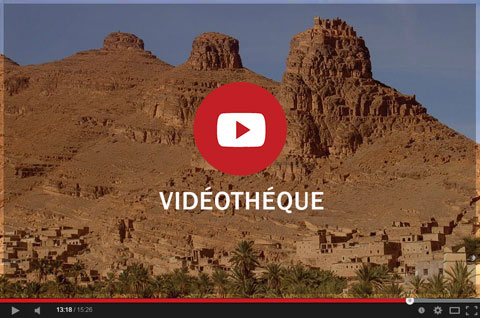
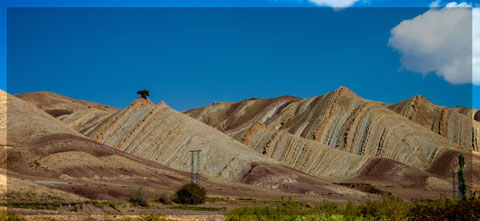
Photothéques
Publications & éditions
